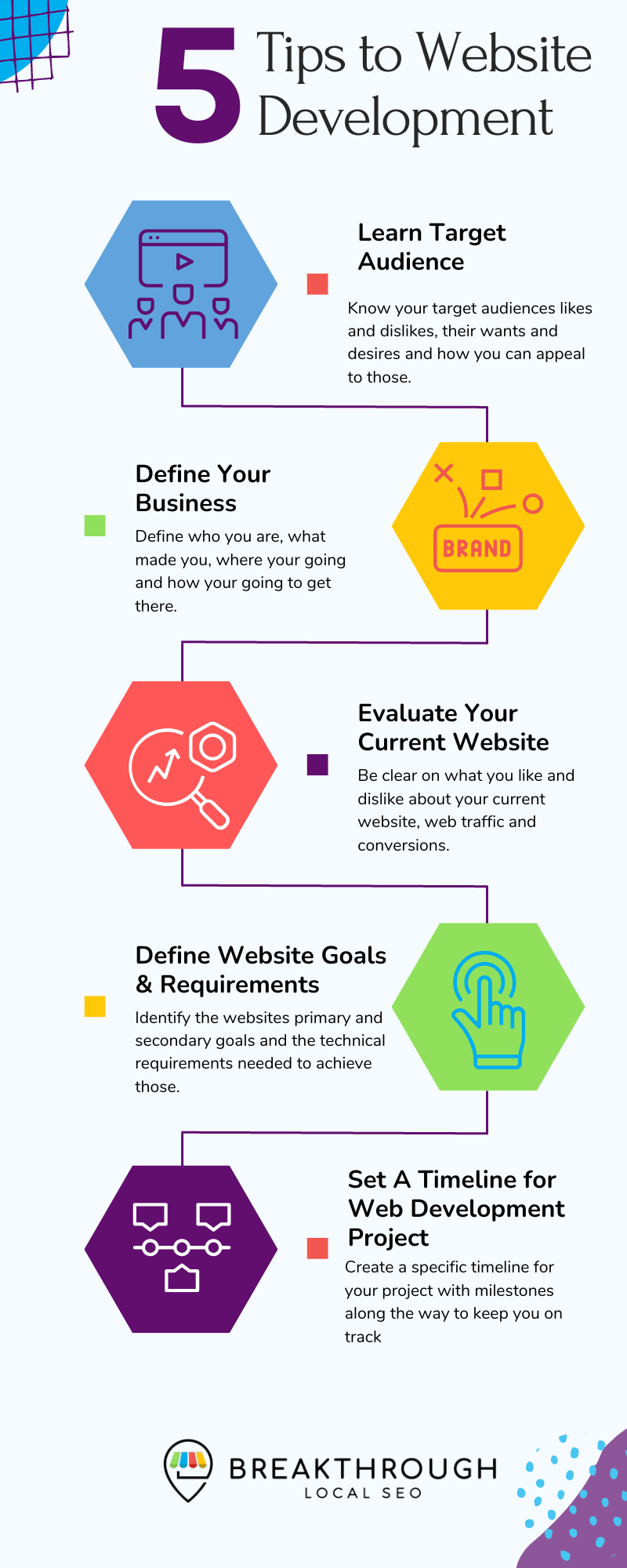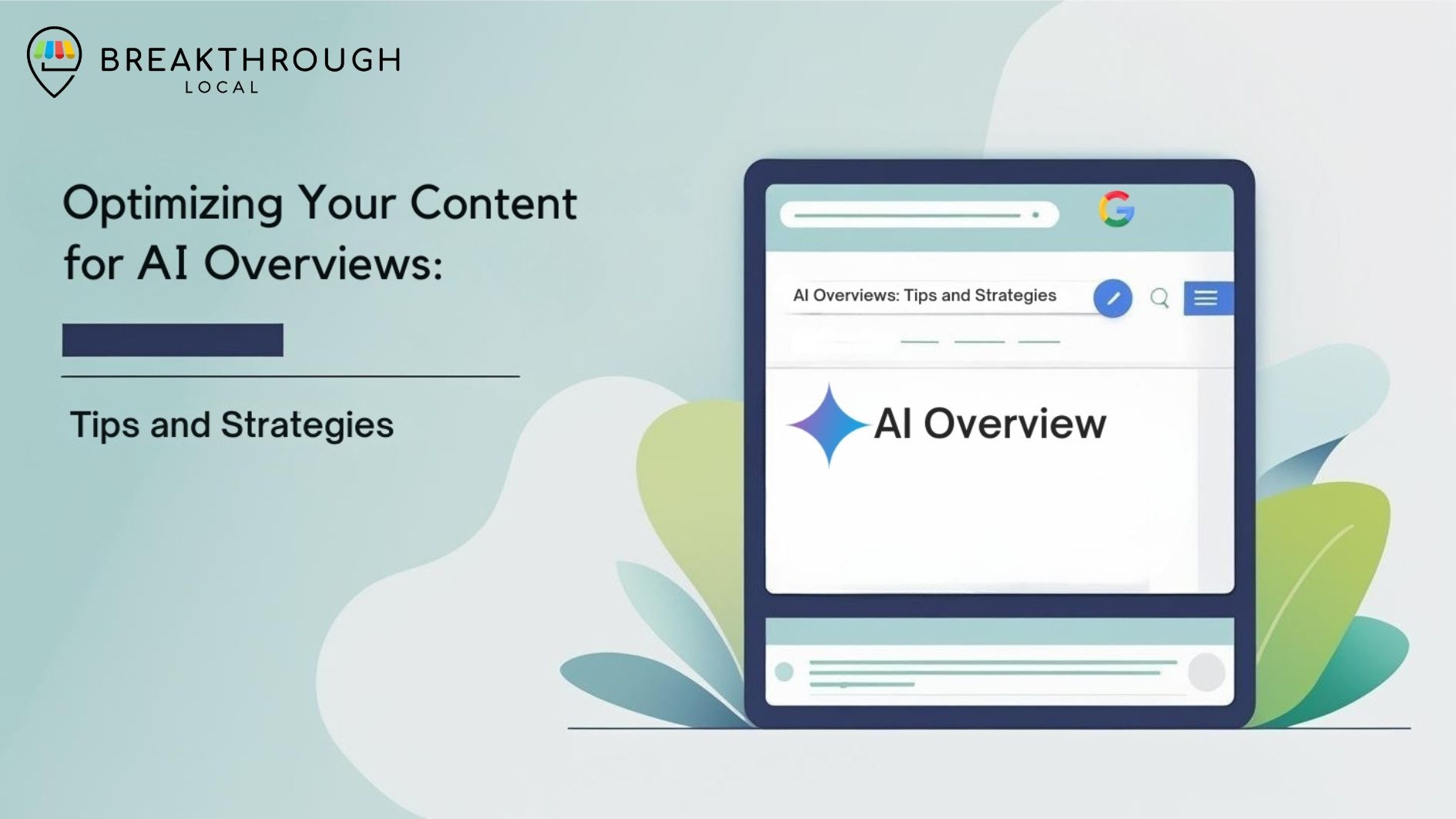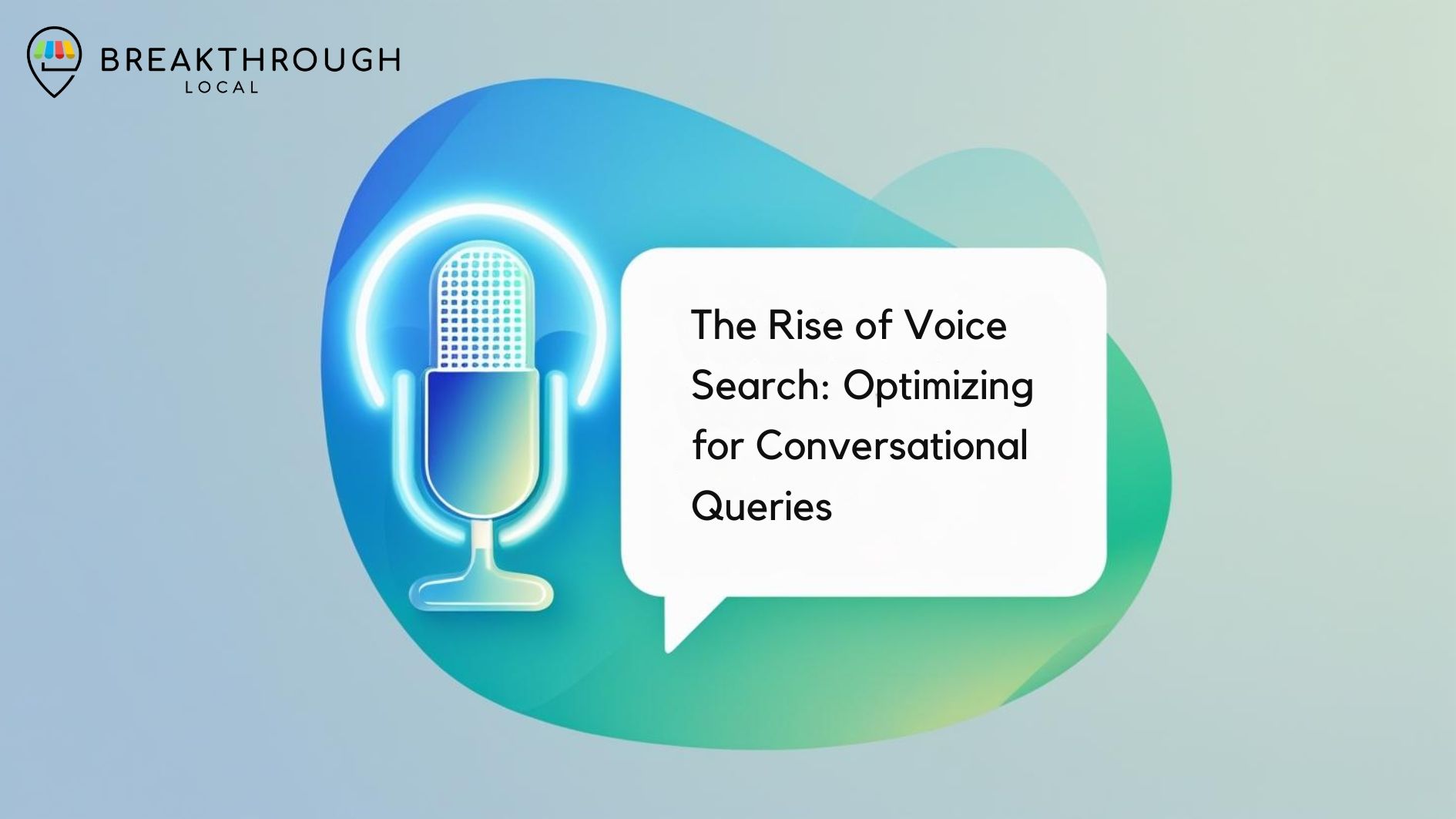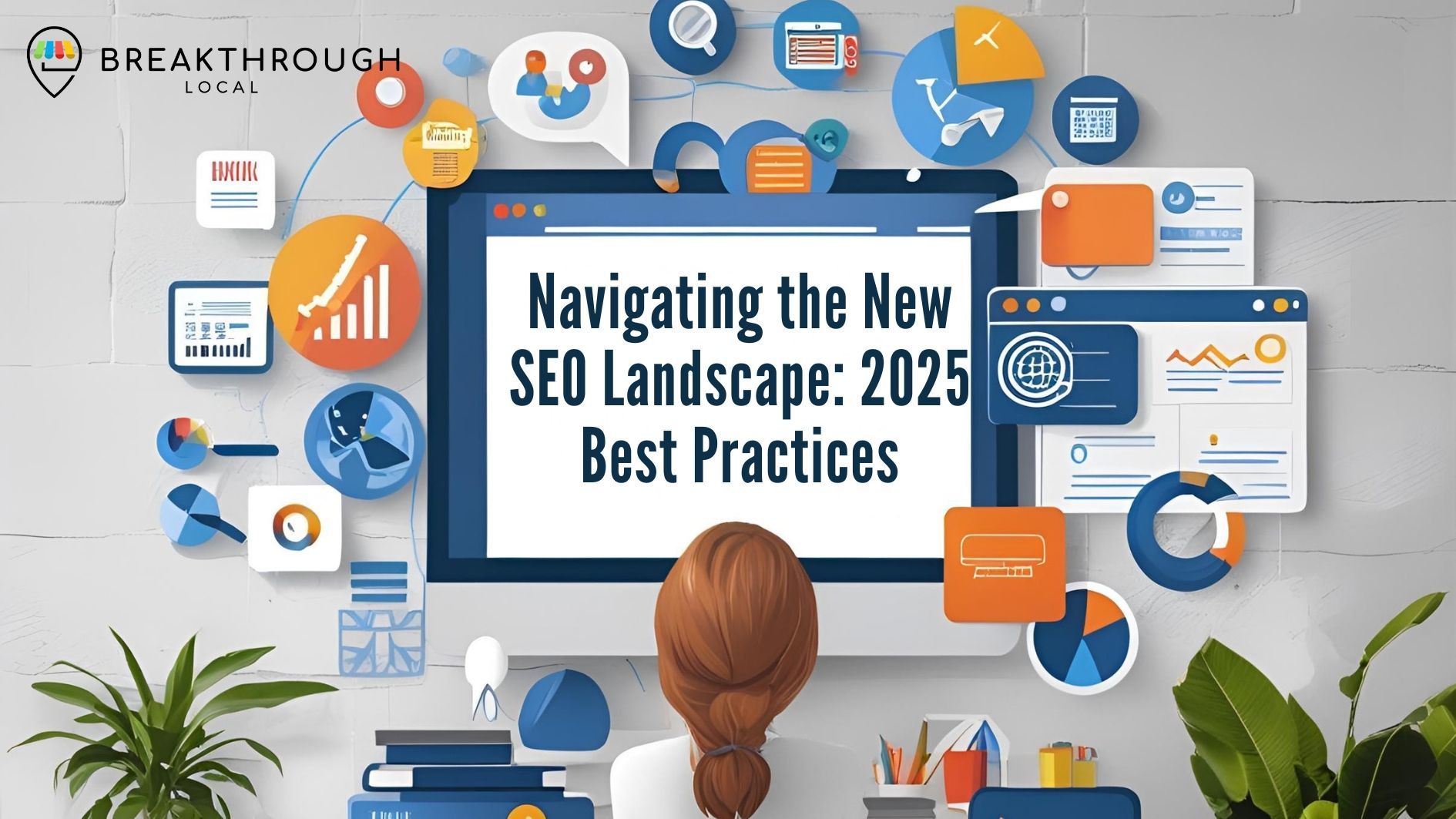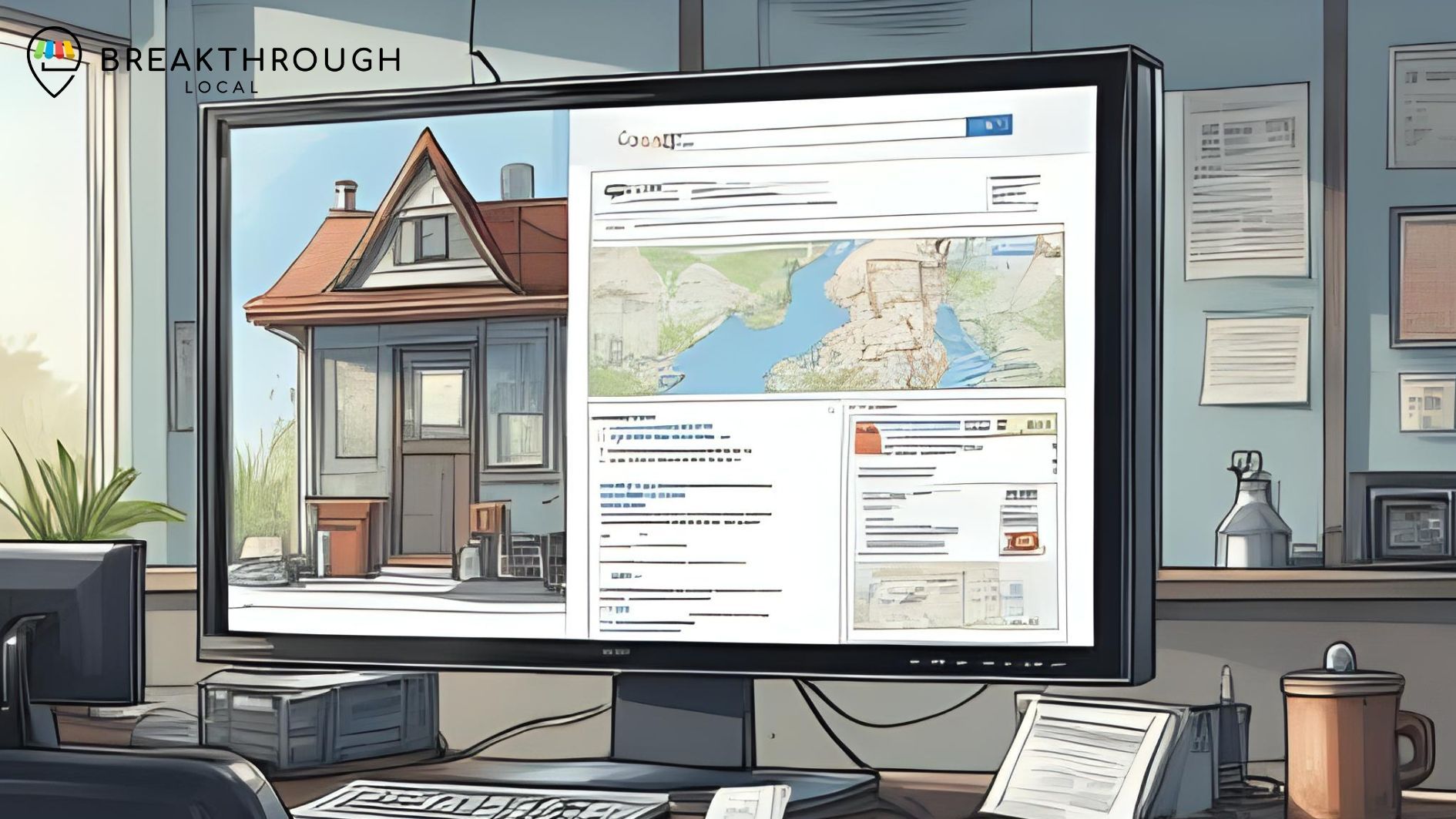Website Development Plan
Tips For An Effective Website Development Project
As a leading Local SEO Company in Portland, Oregon. We often start working with clients through a website development request. Building a website can be a time-consuming project, especially without the proper guidance. While having your website developed correctly can have a major impact on your SEO efforts and your success in future online marketing efforts. Making it important for you to develop a web design project plan.
Developing a website is a big investment of time and resources, and it is important to ensure that the website will meet the needs of its intended audience and achieve its desired goals. Proper research is a crucial step in the website development process as it helps to identify the target audience, understand their needs and preferences, and determine the goals of the website.
Before we begin working with a client, we take them through a series of questions, discovering some key data to incorporate into the new website. In addition to what the client provides, we conduct an extensive audit on the company and the competitors in the market. This helps us develop a solid framework to begin our project.
Here are some important topics we discuss with our clients to help facilitate our discovery.
- Company History
- Target Audience
- Current Online Presence
- Future Online Goals
- Timelines
Define Company
It’s important to define your company; its history, what inspired them to start their business and where they see it going. The company’s vision and mission and U.V.P. are important in a website helping to ensure that the website aligns with the overall goals and objectives of the organization.
A clear vision and mission can provide a framework for decision making and guide the development of the website in a way that supports the company's overall web design and SEO strategy.
A company's vision is its long-term, aspirational goal, often encapsulating what the company wants to achieve or become in the future. It should be a statement of purpose that inspires and motivates employees and stakeholders. Having a clear vision allows the company to set clear goals and objectives for the website and ensure that it supports the company's overall strategy.
A company's mission, on the other hand, is a statement of its purpose, outlining what the company does and for whom. It defines the company's products, services, and target audience, and helps to guide the development of the website in a way that meets the needs of the target audience.
Having a clear vision and mission also helps to ensure that the website is aligned with the company's brand. A company's brand is its reputation, and it is important that the website reflects the company's values, personality, and message. A company's vision and mission can provide a framework for creating a consistent brand message across all touchpoints, including the website.
Just as important in this discovery is the companies Unique Value Proposition (UVP), which is a statement that clearly communicates the unique benefit that a company's products or services provide to its customers. It differentiates a company's offerings from its competitors and is a key factor in attracting and retaining customers.
Defining a company's UVP and communicating it effectively on the website is important because it helps to ensure that the website is focused on the unique value that the company provides to its customers. This can help to attract targeted prospects who are looking for a specific solution or benefit and increase the likelihood of converting them into paying customers.
Having a clear UVP also helps the company to differentiate itself from its competitors and stand out in a crowded market. A UVP can be used to highlight the specific advantages of a company's products or services, such as better quality, reputation, lower price, or faster delivery.
New Website Goals
Defining the website's primary and secondary goals is an important step in the web design process because it helps to ensure that the website is designed to meet the specific needs of the target audience and achieve the desired outcomes. This can help to improve the website's overall effectiveness and increase the likelihood of your online success.
Primary goals are the main objectives that the website is designed to achieve. These goals will vary depending on the purpose of the website, such as promoting a product or service, providing information, or facilitating communication. It is important to ensure that the website is designed to meet these primary goals effectively, such as by providing clear and easy-to-use navigation, relevant content, and appropriate calls-to-action.
Secondary goals are additional objectives that the website is designed to achieve. These goals may be less critical than the primary goals but are still important to the overall success of the website. Examples of secondary goals may include increasing brand awareness, building a community, or promoting a specific event.
Here are some common website goals to consider in your website development RFP (Request For Proposal):
- Educating and informing prospective buyers about your products/services
- Selling products/services
- Building brand awareness
- Generating more online sales
- Providing thought-leadership content to attract potential investors
Once the primary and secondary goals are defined, it is important to incorporate them into the web design process. This includes using the defined website goals to guide the development of the website's structure, layout, and functionality.
New Website Functionality
Functionality requirements can vary, but some to consider in your web development project are:
- Blog
- SEO strategy
- Mobile responsiveness
- Sticky menu navigation
- CRM integration
- Live chat
- New Letter
- Landing Pages
- Social Media
- Icons
- Buttons
- Forms
- Store locator
- Integrated Map
- Internal search feature
- Downloadable files
- Video Uploads
- Tools
A key question to ask your self is what will your new website need to facilitate and how do you want that to happen?
Web Development Timelines
Setting a clear timeline is important because it helps to ensure that the website is completed on schedule and within budget. It also helps to keep the project on track and ensure that all stakeholders are aware of the progress and any potential issues.
A clear website development timeline should include key milestones, such as the completion of design, development, testing and launch. It should also include deadlines for deliverables from all parties, such as wireframes, mockups, final design files, images, and content requirements.
Having a clear website development timeline can help to ensure that the project stays on schedule and that everyone stays aware of the progress. It can also help to identify and resolve any potential issues before they become a major problem. This can help to reduce delays and minimize the risk of the project going over budget.
Portland Oregon Website Developer
Developing an effective website and online presence is a priority for many savvy business owners here in Portland, Oregon. Following the tips provided will help you craft a great website development plan. A clear plan for your project will help you ensure success.
Contact Breakthrough Local SEO, a Portland based Web Design and SEO Marketing Company to help develop your next great website.
Ready to work with Breakthrough Local SEO?
Let's connect! We’re here to help.
Send us a message and we’ll be in touch.
Or give us a call today 503-382-8911




